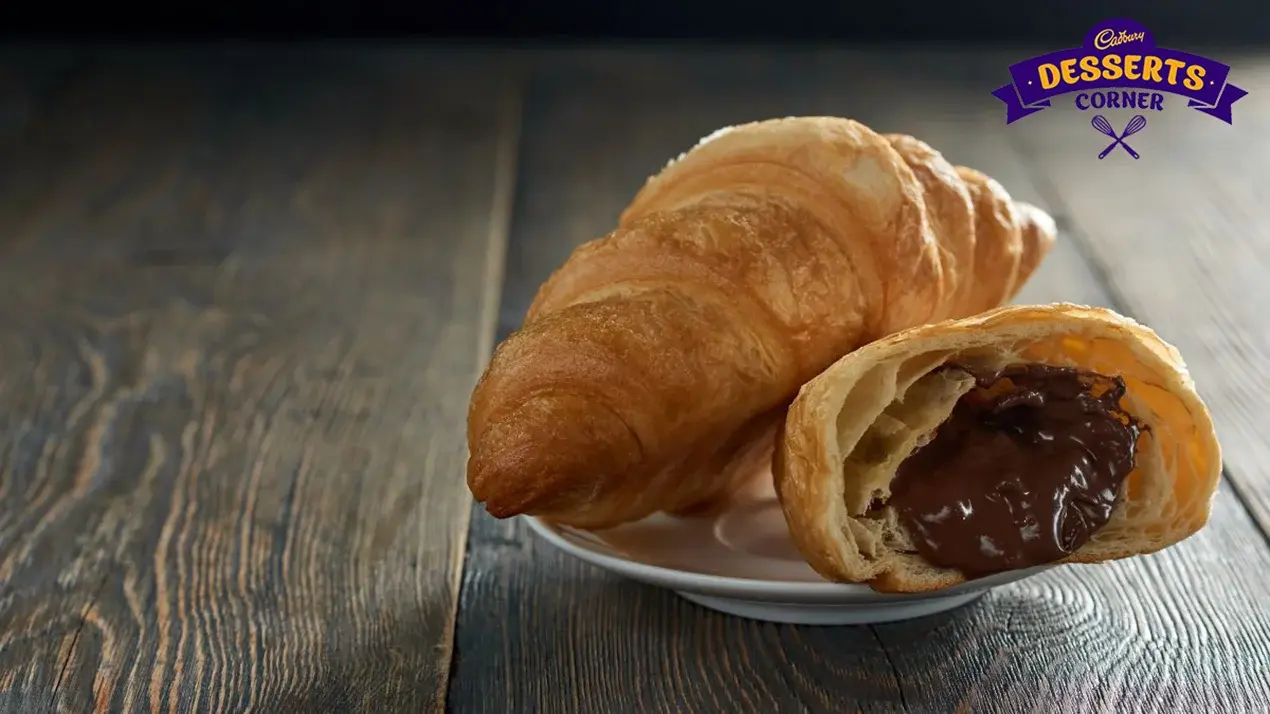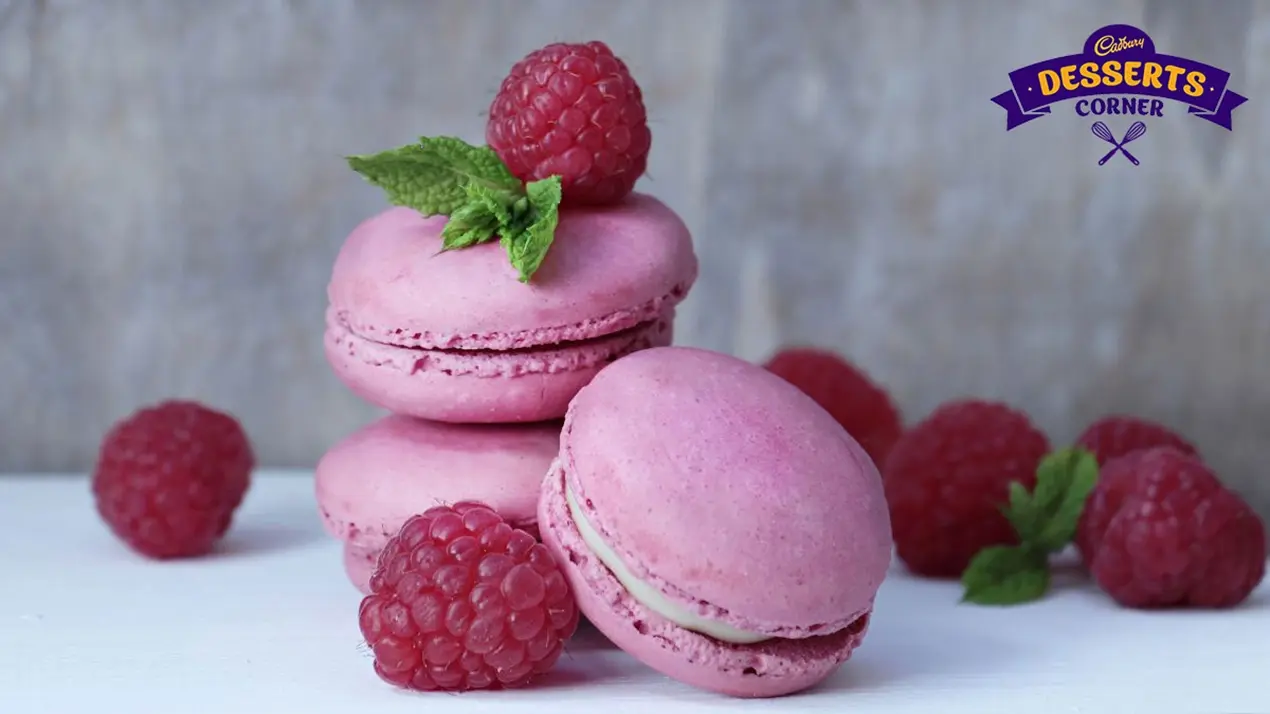- Home
- Articles
- Rasgulla’s Bengali Origins Are a Fact. Here Are Some Stories Around the World Famous Sweet Dish.
The legends and folklore around the rasgulla recipe highlight its widespread appeal. Discover fascinating stories behind this beloved dessert.

Soft and round and dripping in syrup—rasgullas are among India's favorite sweet indulgences. Even if you hails from Bengal, Odisha, or any other place in the country, there are chances that you have had a rasgulla at one point or another. Served on festivals, weddings, or for that matter, any day, it's a dessert that never requires an occasion.
Prepared from chenna (fresh curdled milk) and cooked in sugar syrup, this white sweet ball can be deceptively straightforward but has years of passion, tradition, and controversy behind it. From domestic kitchens to illustrious sweet shops, the recipe of rasgulla continues to enchant generations. Through the years, this dessert has reached every nook and corner of India's heart and around the world, with followers ranging from Tokyo to Toronto.
But did you know rasgullas have a history replete with intriguing turns, local pride, and a formal GI tag to end age-old rivalries? Let's indulge in a sweet walk through its tale—beginning with its strong link to Bengali sweets.

Bengali Sweets and Their Cultural Significance
If you’ve ever visited West Bengal, you’ll know that Bengali sweets are more than just desserts, they’re a way of life. Every celebration, be it Durga Puja, a wedding, or a newborn’s homecoming, is marked with the exchange of sweets. From sandesh to mishti doi, each sweet has its own story, but none as famous as the rasgulla.
Among Bengali sweets, rasgulla holds a special place. It’s believed to be the crown jewel, often the first sweet served to guests and the last one remembered. In fact, you’ll find people carrying boxes of rasgullas back from Kolkata as edible souvenirs—an act as common as bringing back tea from Darjeeling.
Over time, rasgullas have gone from being a sweet delight to a symbol of Bengal’s identity. Walk into any heritage sweet shop in Kolkata, and you’ll hear tales of the man who invented the modern rasgulla, and how his family still keeps the tradition alive. This cultural pride, along with the delicious appeal of the sweet, keeps rasgulla firmly rooted in the heart of Bengal.
So, speaking about bengali sweets, we just can't help but give rasgulla the limelight. It is a symbol not only of Bengal's fascination with dessert, but also of the creativity and perseverance of the individuals behind it.

The History of Rasgulla
As per records and the commonly told version, Nabin Chandra Das, a sweet shop owner of Kolkata, is said to have invented the modern rasgulla in 1868. As the legend goes, Das wanted to create something entirely innovative—not merely retail sweets that everyone else produced. Das started working on boiling chenna balls in sugar syrup, experiencing failure after failure as the balls continued to break. Lastly, with patience and natural additives, he finally succeeded. And so the soft, bouncy rasgulla was born.
This rasgulla was a hit. His customers adored it, and his shop became more famous. His family members to this day still make rasgullas in Kolkata, keeping the original rasgulla recipe a secret.
But Odisha has a different story. In the town of Puri, where the well-known Jagannath Temple is located, rasgullas (locally referred to as 'khira mohana') have been a tradition of being placed before Goddess Lakshmi during the Rath Yatra for centuries. Locals believe that Lord Jagannath presented rasgullas before his consort to pacify her when he left her behind during the chariot procession. Some sources place the tradition in the 11th century.
To resolve the issue, in 2017 West Bengal was granted the Geographical Indication (GI) status for Banglar Rasogolla, establishing its origin of the contemporary, spongy version. But Odisha was subsequently accorded a distinct GI status for their Odisha Rasagola acknowledging their own unique version.
Whichever origin theory you subscribe to, the history of rasgulla is one of richness in tradition, pride, and sweetness—literally.

A Classic Rasgulla Recipe
Preparing rasgullas at home may look challenging, but with some patience and caution, you are able to replicate this original treat in your home kitchen. Here's a simple rasgulla recipe that adheres to the original Bengali procedure.
Ingredients:
- 1 litre full-fat milk
- 3 tbsp lemon juice (or vinegar)
- 2 cups sugar
- 1 litre water
- 1 tbsp milk (for draining impurities in syrup)
- 1 tsp semolina (sooji) or all-purpose flour
- 2 tbsp rose water
Method:
- Begin by boiling the milk, stirring it to prevent it from sticking. When it boils, reduce heat and add lemon juice slowly. The milk will curdle.
- When thoroughly curdled, turn off the flame. Transfer to a muslin cloth and wash with cold water to get rid of the sourness.
- Suspend the cloth which is tied up and leave for around 30 minutes to drain excess water.
- Once the chenna is prepared, place it on a plate, and add semolina or flour, kneading well for 10–15 minutes until smooth and greasy.
- Prepare small balls without cracks.
- In a deep pan, combine sugar and water and boil. Add a spoon of milk to clear the surface of the syrup from impurities.
- Carefully drop the rasgulla balls into the boiling syrup. Cover and cook for 10–12 minutes. The balls will double in volume.
- Once done, add rose water and let them sit in the syrup for at least 30 minutes.
- Serve chilled or at room temperature.
- This rasgulla recipe is a stunning way to bring home the essence of bengali sweets—soft, sweet, and richly satisfying.
Tips to Perfect It
Home-making rasgullas is fun and rewarding, but a couple of frequent flaws can cause disappointment. Here are a few easy tips to ensure you get the rasgulla recipe right.
1. Milk Quality Counts
Use full-fat milk for perfect results. Low-fat or skimmed milk could result in less chenna or compromise the structure of the sweet.
2. Kneading is Important
The chenna needs to be kneaded well to turn smooth. This eliminates graininess and makes the balls hold well while cooking. The chenna is ready when it begins to feel soft and malleable.
3. No Cracks Allowed
The rasgulla ball should be smooth. Cracks will make them break when put in the syrup or become hard.
4. Keep the Syrup Light
The syrup of sugar needs not to be thick. A thin syrup helps rasgullas imbibe the sweetness uniformly and cook through.
5. Soft Cooking
Avoid cooking on full flame. A gentle simmer permits rasgullas to swell up and not become rubbery.
6. Room to Expand
Rasgullas swell while cooking, so use a large enough pan and don't pack it tightly.
7. Soak Before Serving
Once cooked, let them rest in syrup for at least 30 minutes to soak in the sweetness fully.
With these tips, your homemade rasgulla recipe can be as delightful as any you’d find in a Kolkata sweet shop.
Like This Article?
More Like This




Popular Articles





Trending Web Stories
Curated Recipes


















